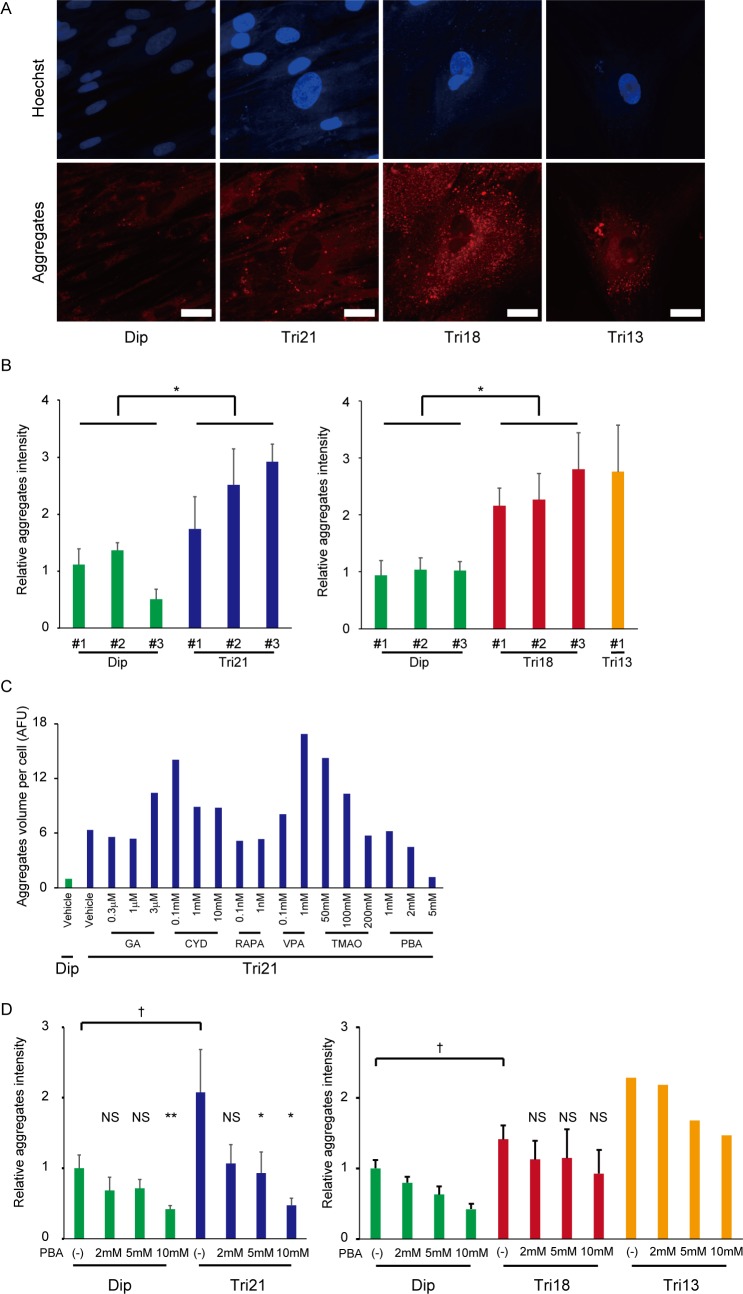Fig 5. Accumulation of aggregated proteins and effect of the chemical chaperone, 4-PBA in trisomy fibroblasts.
(A) Accumulation of aggregated proteins, as detected by the PROTEOSTAT Aggresome Detection kit. Bar = 50 μm. Dip, diploid; Tri, trisomy. (B) Corresponding quantification of aggregated protein accumulation (n = 5–6 per cell line). *P < 0.05. Dip, diploid; Tri, trisomy. The left panel shows the result for the comparison between diploid and trisomy 21 cell lines. The right panel shows the result for the comparison between diploid and trisomy 18 and 13 cell lines. (C) Quantification of aggregated protein accumulation after culture in the presence of six chemical compounds: GA, geldanamycin; CYD, 2-hydroxypropyl-β-cyclodextrin; RAPA, rapamycin; VPA, valproic acid sodium salt; TMAO, trimethylamine N-oxide; PBA, sodium phenylbutyrate. Dip, diploid; Tri, trisomy. (D) Effects of sodium phenylbutyrate on aggregated protein accumulation (mean of three cell lines for Dip, Tri21, and Tri18 fibroblasts; n = 3 per cell line). Comparison of trisomy samples without PBA with diploid samples without PBA, †P < 0.05. Comparison of samples with PBA with samples without PBA, *P < 0.05, **P < 0.01. PBA, sodium phenylbutyrate; Dip, diploid; Tri, trisomy; N.S., not significant.

